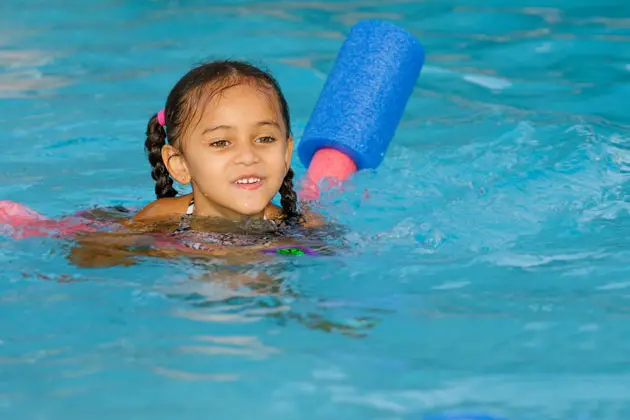
Dry & Secondary Drowning: This Is What Parents Need to Know
Get kid-friendly activities sent to you!
Get the Best Kid-Friendly Activities
Sent to You Weekly!
Treatment of Dry and Secondary Drowning
While there are no medications for secondary or dry drowning, the treatment is close observation. If necessary, a breathing tube may have to be inserted if oxygen levels drop. Parents should keep a close eye on their child for 24 hours after he may have swallowed water during swimming or had any difficulty breathing in the water. If symptoms do develop, bring your child to the emergency room immediately instead of a doctor’s office or urgent care facility. In the ER, she will have access to an immediate chest X-ray, IV placement, and advanced airway support such as a breathing tube or respirator.
Prevention of Dry and Secondary Drowning
The vast majority of children recover from dry or secondary drowning, despite the terrifying headlines about toddler deaths. However, the best way to avoid these conditions altogether is to teach kids water safety and to remain constantly vigilant as caregivers. Babies as young as 6 months can begin taking water safety classes. Children should never swim alone, and parents or caregivers should keep a close eye on them at all times.
Dr. Glatter also warns parents to not use their phones or any social media while your child in or near the water. As tempting as it may be to take a video of your child enjoying pool time, he says, “it’s a diversion and parents must remain cognizant of the risk of secondary and dry drowning. Take all of that attention and focus on your child and remember that drownings can even occur in shallow water—including bathtubs, sinks, toilet bowls, and small plastic pools.”



.jpg)

